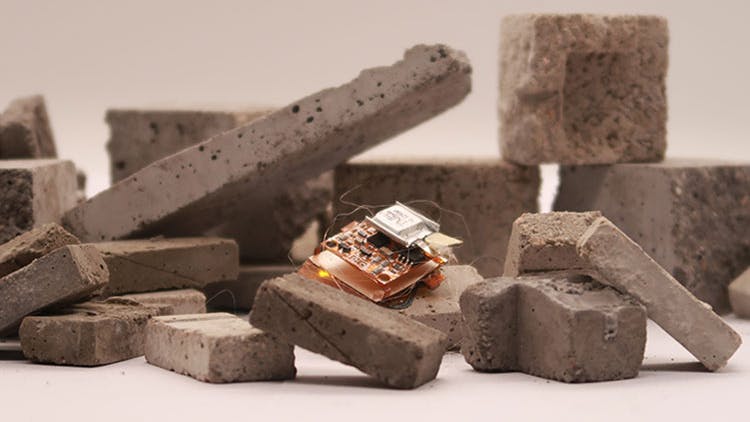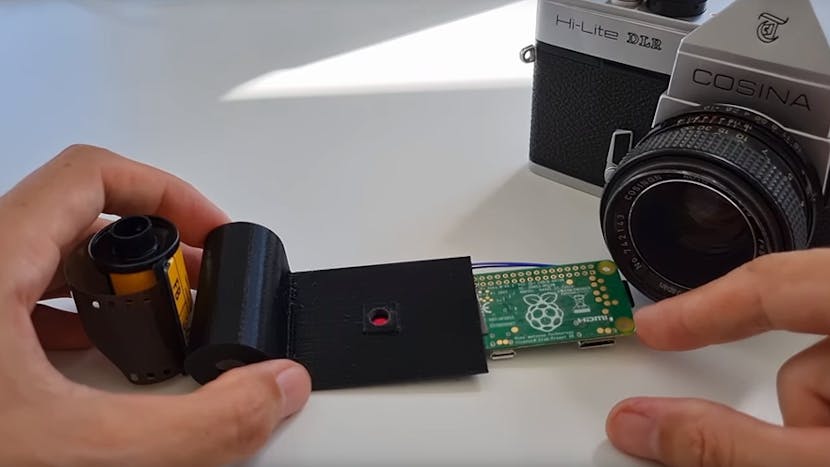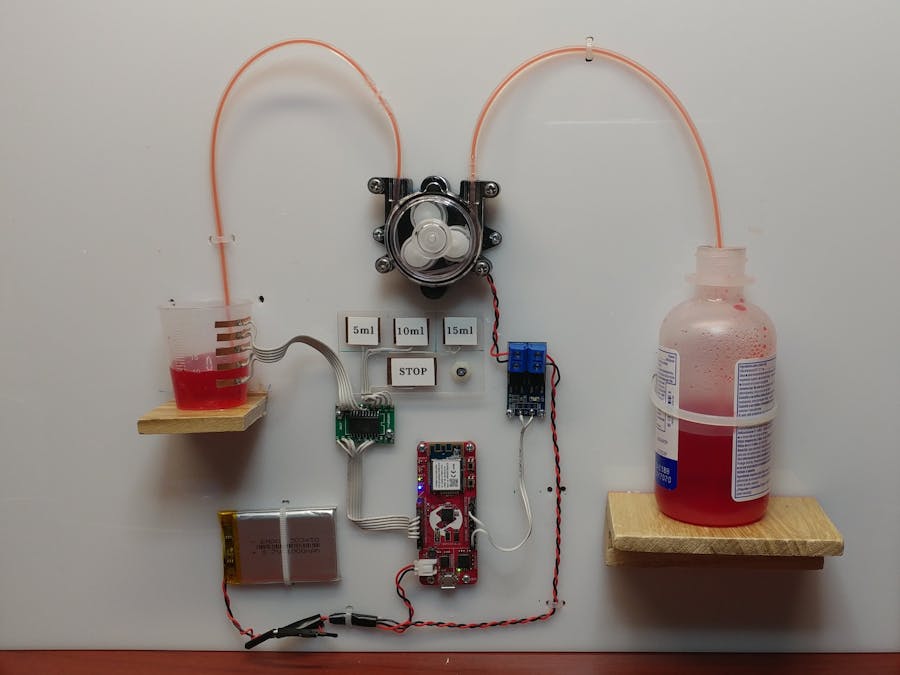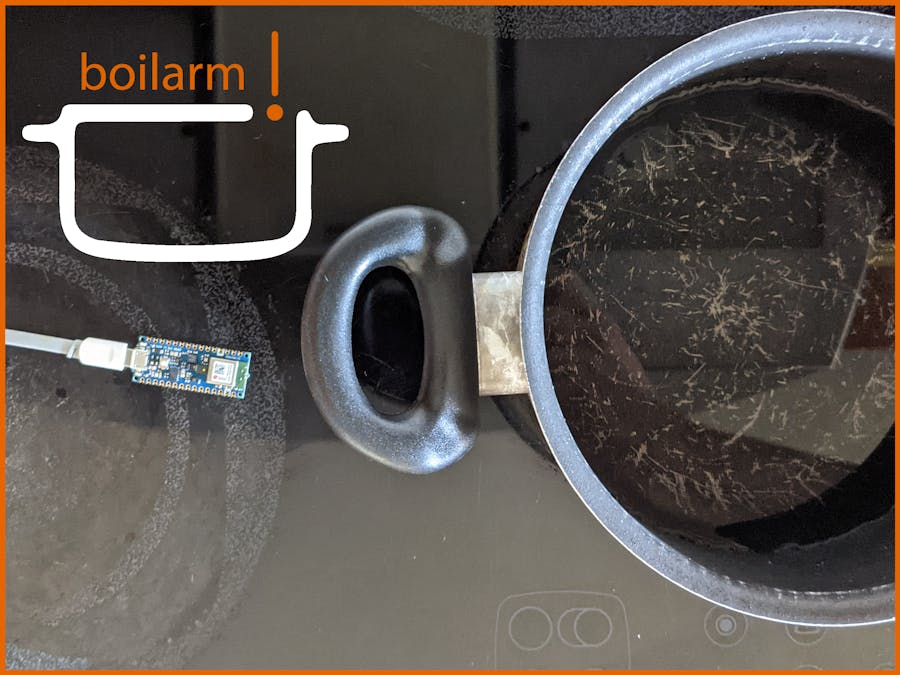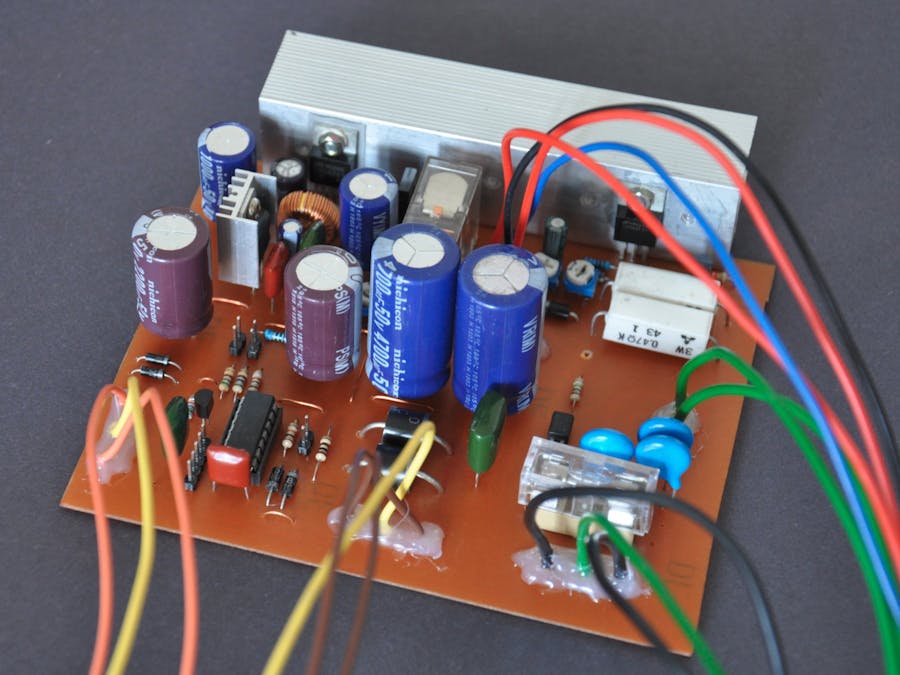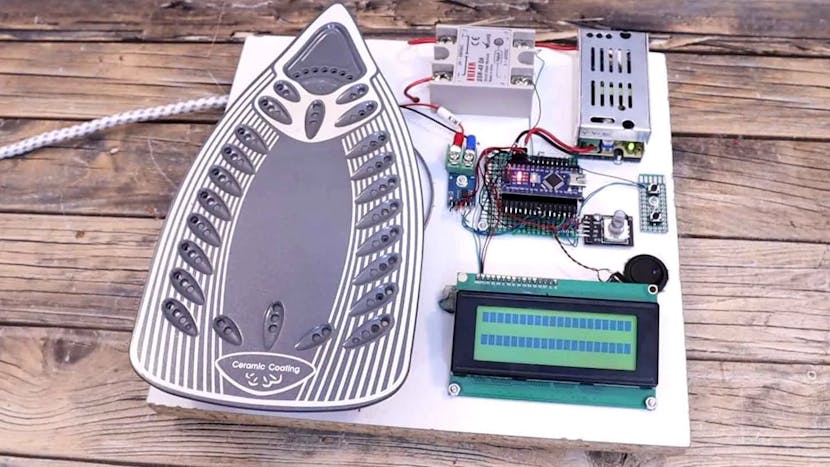UC Berkeley engineers developed a robot that can traverse complex terrain and quickly avoid obstacles.
Most insects and spiders climb walls and walk on ceilings through sticky footpads, allowing them to stick on surfaces. UC Berkeley engineers used the same electrostatic adhesive concept to develop an insect-sized robot with similar swerving and pivoting capabilities as a cheetah. As a result, the robot can travel through a maze while avoiding sudden obstacles.
